This inaugural episode of Bridging Stories features Siew Yian, a former Singtel employee who found her calling in humanitarian work, leading her to set up The Good Exchange (thegoodexchange.org), an organisation that connects people who share the same mission: to serve humanity, to help people and community. Their projects currently span across Cambodia, Indonesia, Nepal and Singapore.
Bridging Stories is a sharing series by Bridge Alliance. As advocates for shared learning in discovering new ideas, we are always on the look out to learn from others, even those outside of our industry. We brought Siew Yian in to share her story as a guest speaker with the Bridge Alliance team. We appreciate the way she went about doing her work, with lots of parallels to the design thinking methodology that the team has just learnt about.
In this interview, Siew Yian shares her thoughts about connecting people, user empathy, needs-matching and mobilising people in a community. She answers the following questions:
- Let’s talk about connecting people. You’re a really big fan of it – why so? And how did you discover its value?
- We often hear of the term “user empathy” and this is also very relevant in your line of work. Why this is so important?
- Why it is important to be specific about what a person really needs? Could you share with us about a time where things didn’t really go as planned?
- On mobilising community: how do you get people moving; to activate them and to motivate them to be a part of your projects?
Watch the first episode in the video below.
SY: Hi, I’m Siew Yian. I was formerly working for Singtel as a global accounts manager. I’ve since left my job to channel my energy into doing humanitarian work full-time. We find sustainable projects and we give dignity to the recipients and the beneficiaries. So I started out with just wanting to be away from work for 1 year and it has been 3 and a half years.
Q: Let’s talk about connecting people. You’re a really big fan of it – why so? And how did you discover its value?
SY: I guess everyone can do something to help somebody and there’s so much value in our network, and if we can deploy the network to do good, then that’s a good network. So The Good Exchange, which is a platform that we have, promotes the exchange of all good things to help people, matching a beneficiary to a donor, and that’s how people can deploy their network to do something good to help somebody.
Q: We often hear of the term “user empathy” and this is also very relevant in your line of work. Can you share with us why this is so important?
SY: If we can empathise with their situation and understand the needs they have, we can do something to empower them and to give them some initial help. And then we listen to their needs and give them the relevant help required so they can be on their feet again. So I guess empathy gives dignity to the beneficiaries and the receiver.
Q: Why it is so important to be so specific about what a person really needs? Could you share with us about a time where things didn’t really go as planned?
SY: I think quite often people do good work – I mean the intention is initially to do good. But if we implement it in the wrong way, it can actually do more harm than good. So an example is, maybe some people would like to do some corporate social responsibility, and when they go to an organisation they actually give what they want to give instead of asking what the beneficiary needs.
Another example is a company that wanted to join us on a trip to Cambodia. And they thought that it would be nice to give a rice cooker to the village women, without thinking that there’s no electricity in the village and the people in Cambodia don’t really use an electric rice cooker to cook rice. Or, they might suggest that, oh come let’s go and clean their house or paint their house. Little do they know that the people actually do not even have a proper wall for them to paint. And if we were to help them to clean their house and throw away the rubbish, then there will be absolutely nothing left in the house of the beneficiaries.
So these are some of the things that we need to think about. It is to understand the ground situation by talking to the beneficiaries and thinking about what we can really do for them is what they need, and not what we want to do for them or what we think they need.
Q: Let’s talk about mobilising people. How do you get people moving, to activate them and to motivate them to be a part of your projects?
SY: One way is we actually deploy the use of social media to show the volunteers or donors, the possible work they can do. Then we use stories and documentaries to evoke some emotions in them, so they can see for themselves the impact that they could help to create if they can join us on a trip. So I guess that showing our work and what really happens on the ground, whatever that is real – it is easier to engage the people in terms of emotions and we actually find good projects that has high impact and to show the value of the work that we do.
So whatever your passion may be, may it be helping old people, be helping children or helping the animals. Whatever that calls out to you. If you make an effort, if you can find a time for it, you can absolutely make it happen. Everyone can do something to help somebody or an organisation. All you need to do is to tell yourself to give time, just a few days in a year, to take action and do some volunteer work. And I’m sure that you’ll find it’s a lot more meaningful than just giving funds.



